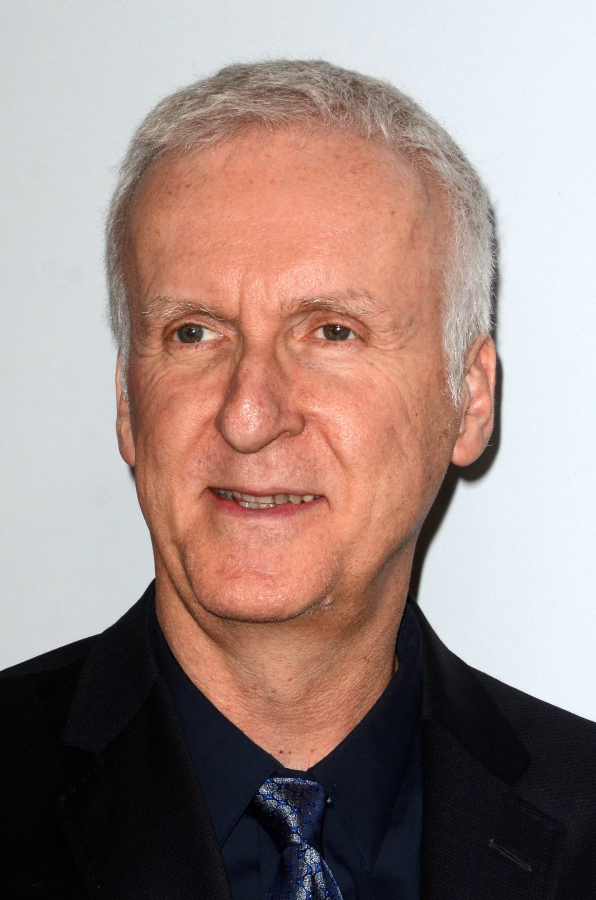Director James Cameron has always embraced the newest technology available when making his movies. For his 1991 feature “Terminator 2: Judgment Day,” Cameron teamed with Industrial Light & Magic to produce the liquid metal special effect that allowed the murderous robot from the future, the T-1000 (Robert Patrick), to morph into multiple shapes.
There are only five minutes of computer-generated moments in the film but because the technology was so new at the time, it took 35 people working a total of 25 man-years at a cost of $5 million to create the special effects. It was one of the most aggressive uses of CGI to that point in movie history.
Cameron was so focused on new technology, he didn’t give a second thought to making the movie with the older film process of 3-D. That wasn’t in his plans in 1991. But technology has caught up to the way Cameron makes movies, and now “Terminator 2: Judgment Day” is being re-released theatrically in 3-D starting Friday.
“It really just wasn’t in anyone’s consciousness because 3-D had been tried and failed in the ’50s. It had been tried briefly with a couple of esoteric titles in the ’70s like Andy Warhol’s ‘(Flesh for) Frankenstein’ and ‘The Stewardesses.’ But it was pretty much a dead art,” Cameron said. “It was really the advent of digital cameras that made it possible to create a 3-D camera system that was somewhat viable.”



